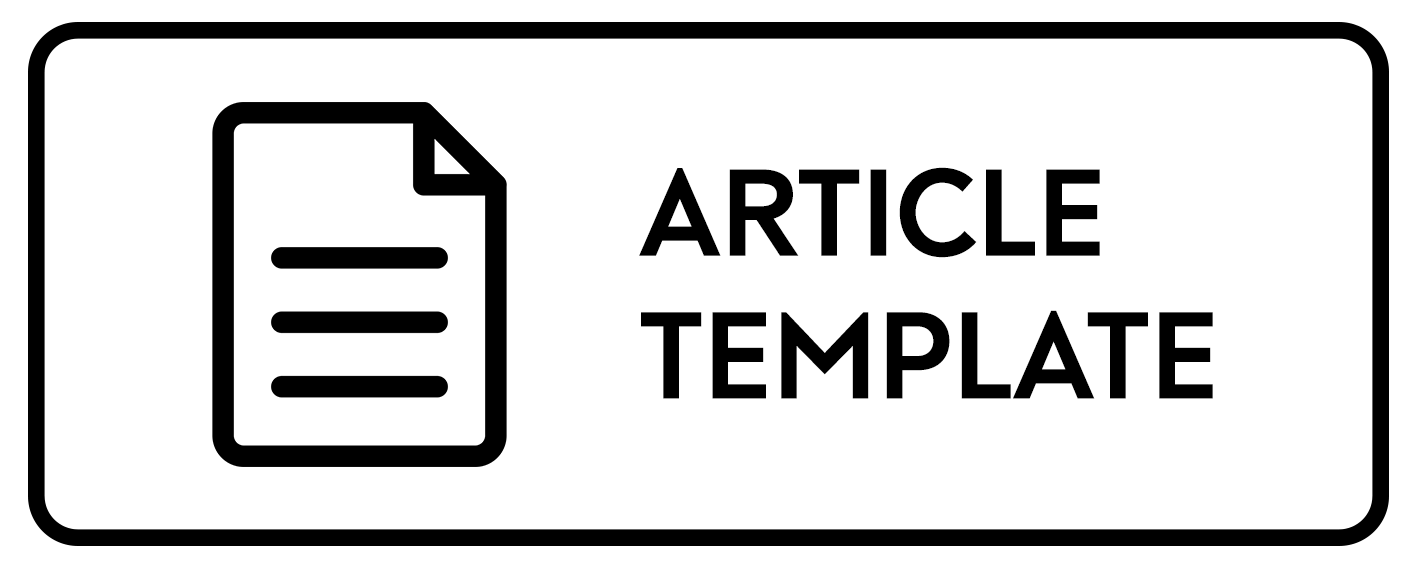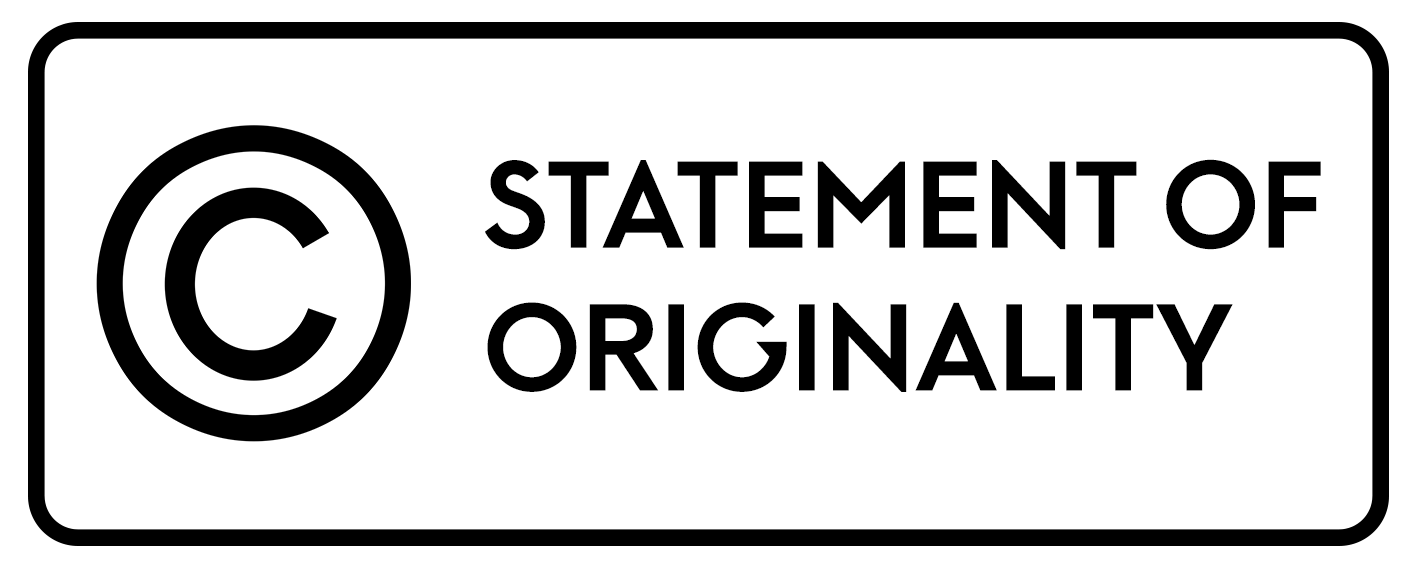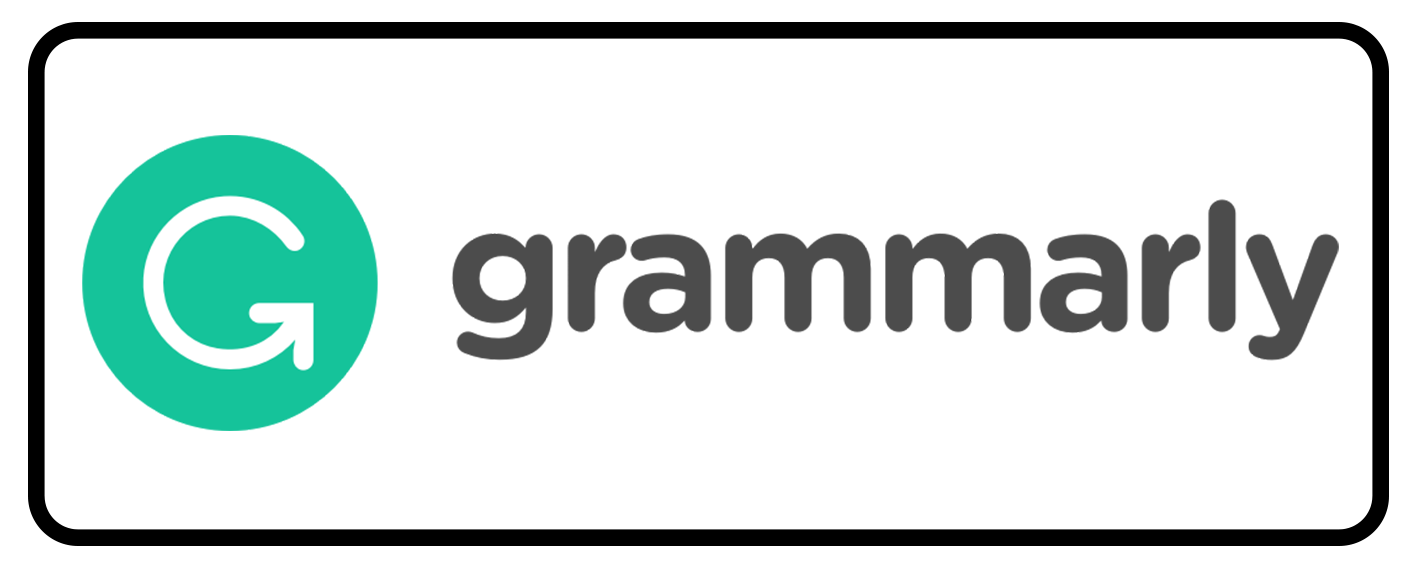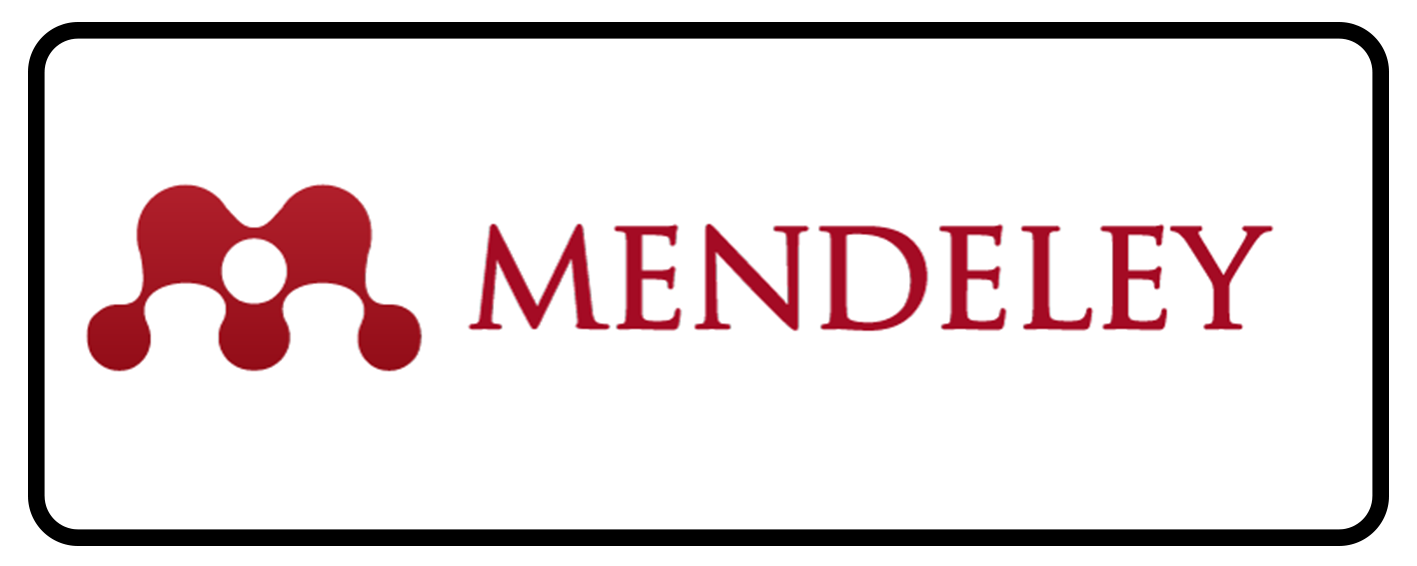The Implications of Patriarchal Culture toward Gender Discrimination in Anne with an E Movie Series
Abstract
ABSTRAK
This study aims to identify how patriarchal culture influences to the emergence of gender discrimination behavior and to find out the forms of implementation of female characters in their efforts to resist gender discrimination to achieve equality between men and women in the movie series Anne with an E. Two types of data were used in this research, primary and secondary data. The primary data source is a serial movie entitled Anne with an E. While secondary data sources are supporting references taken from books, journals, and the internet related to the research. The author used a qualitative analysis method and applied Naomi Wolf's theory of liberal feminism to analyze the data. The results of the study concluded that the involvement of patriarchal culture applied in Avonlea society influences the emergence of discriminatory behavior toward female characters in various aspects such as education, employment, marriage and individual autonomy. Moreover, the female characters implemented the feminist movement as a further response to the gender discrimination they experienced by raising awareness through ideology, forming women's empowerment communities, campaigning for freedom of speech and improvisation, evaluating and innovating education, and empowering women to participate in politics.
Keywords: Anne with an E, Liberal Feminism, Gender Discrimination, Patriarchy.
Keywords
Full Text:
PDF (BAHASA INGGRIS)References
REFERENCES
Annatasya, B. F. (2021). Resistensi Perempuan dalam Film Nur Eine Frau karya Sherry Hormann: Kajian Feminisme Kekuasaan Naomi Wolf. E-Journal Identitaet, 10(2), 2. doi:https://doi.org/10.26740/ide.v10n2.p118-128
Beckett, M. W. (Director). (2017-2019). Anne with an E [Motion Picture].
Benjamin, B., & Phillips, C. (2002). Racism, Crime and Justice. Pearson Longman.
Connell, R. (2009). Gender: Short Introduction. Polity Press.
Denzin, N. K. (1994). Handbook of Qualitative Research. SAGE Publications.
Evans, O. G. (2023, April 20). Liberal Feminism. Retrieved from simplysociology.com: https://simplysociology.com/liberal-feminism.html
Fakih, M. (2012). Analisis Gender dan Transformasi Sosial. Pustaka Pelajar.
Hooks, B. (2000). Feminism is for Everybody: Passionate Politics. South End Press.
Jane, M. R. (2021). Representasi Kesetaraan Gender pada Film Live-Action "Mulan" Produksi Disney. Jurnal Ilmu Komunikasi , 65.
Maulid, P. (2022). Analisis Feminisme Liberal terhadap Konsep Pendidikan Perempuan. Jurnal Riset Agama, 607. doi:https://doi.org/10.15575/jra.v2i2.17534
Nash, C. (2009). International Encyclopedia of Human Geography: Patriarchy. Elsevier Science.
Prijono, O. S. (1996). Pemberdayaan Konsep, Kebijakan dan Implementasi. Centre for Strategicand International Studies (CSIS).
Ratna, N. K. (2004). Teori, Metode, dan Teknik Penelitian Sastra. Pustaka Pelajar.
Rokhmansyah, A. (2016). Pengantar Gender dan Feminisme (Pemahaman Awal kritik Sastra Feminisme). Penerbit Garudhawaca.
Subhan, Z. (2002). Rekonstruksi Pemahaman Jender dalam Islam. El-Kahfi.
Sugihastuti, & Suharto. (2005). Kritik Sastra Feminis: Teori dan Aplikasinya. Pustaka Pelajar.
Sulatri, N. L. (2021). Ujaran Seksisme Yoshiro Mori: Persoalan Stereotip Gender Pada Olimpiade Tokyo. Kiryoku: Jurnal Studi Kejepangan, 266. doi:https://doi.org/10.14710/kiryoku.v5i2.265-271
Sulistyani, A. T. (2004). Kemitraan dan Model-Model Pemberdayaan. Graha Ilmu.
Tyson, L. (2006). Critical Theory Today: Feminist Criticism. Routledge.
Walby, S. (1989). Theorising Patriarchy. Sociology, 23(2), 227.
West, C., & Zimmerman, D. (1987). Doing Gender. Gender and Society.
Wolf, N. (1997). Geger Gender. Pustaka Semesta Press.
Wolf, N. (2002). The Beauty Myth: How Images of Beauty Are Used Against Women. HarperCollins.
DOI: http://dx.doi.org/10.30872/calls.v9i2.12693
Copyright (c) 2023 Haifa Rahma

This work is licensed under a Creative Commons Attribution-ShareAlike 4.0 International License.
Editorial address:
Fakultas Ilmu Budaya, Universitas Mulawarman
Address: Jl. Ki Hajar Dewantara, Gunung Kelua, Kec. Samarinda Ulu, Kota Samarinda, Kalimantan Timur, Indonesia 75123
Email: jurnalcalls@fib.unmul.ac.id
Website: http://e-journals.unmul.ac.id/index.php/CALLS

CaLLs: Journal of Culture, Arts, Literature, and Linguistics site is licensed under a Creative Commons Attribution-ShareAlike 4.0 International License
CaLLs: Journal of Culture, Arts, Literature, and Linguistics indexing by:














